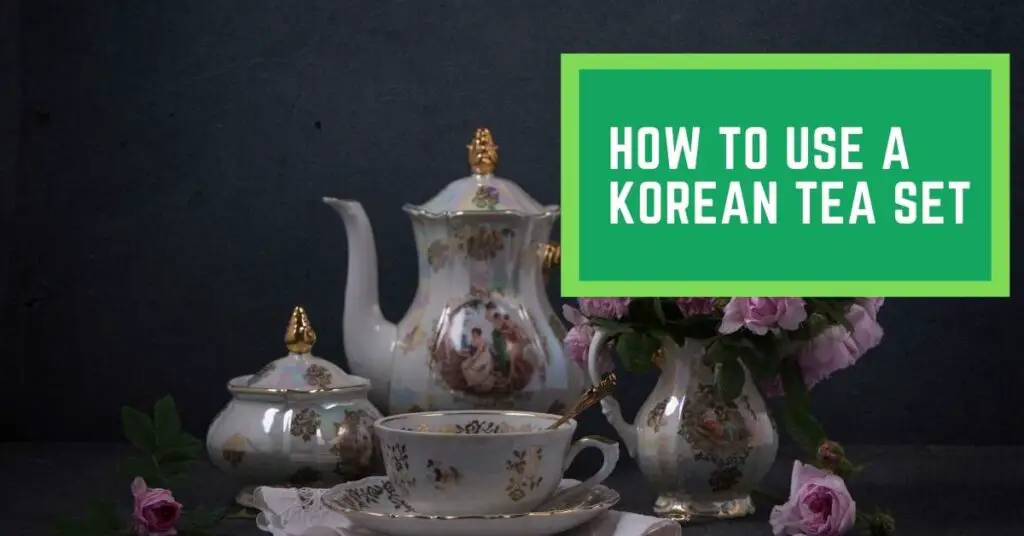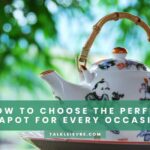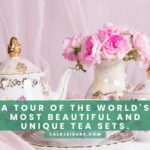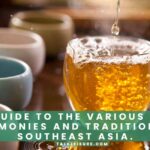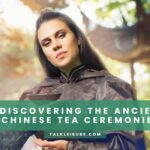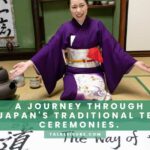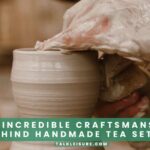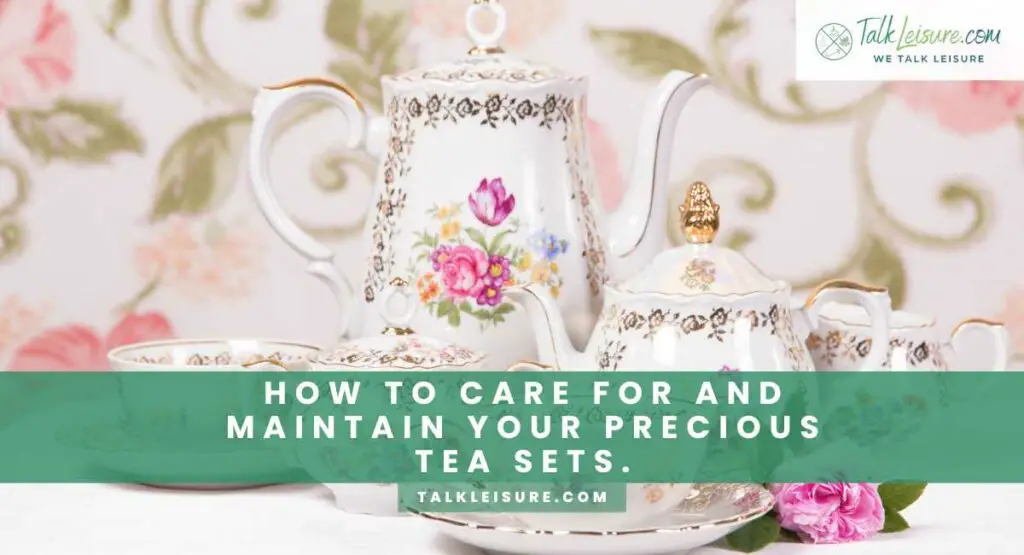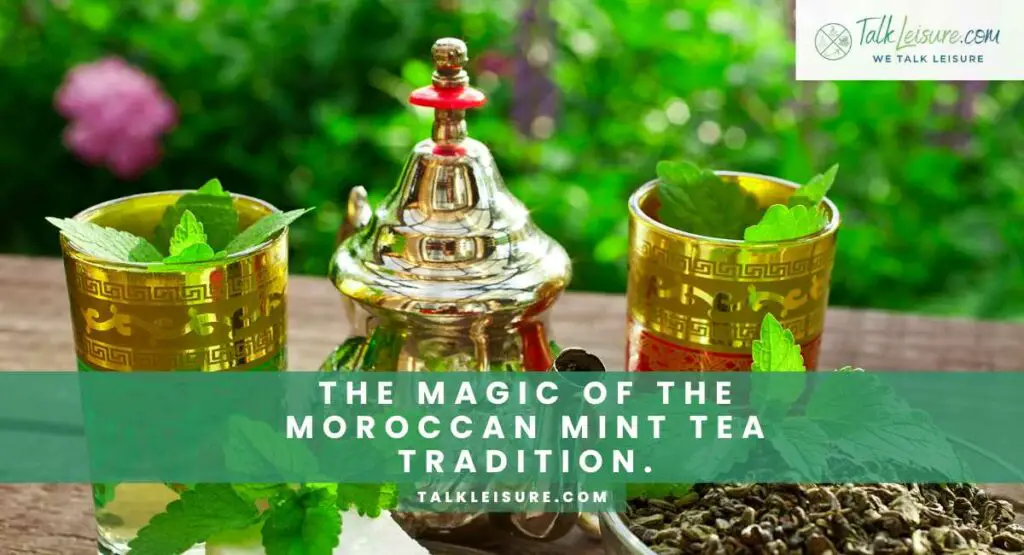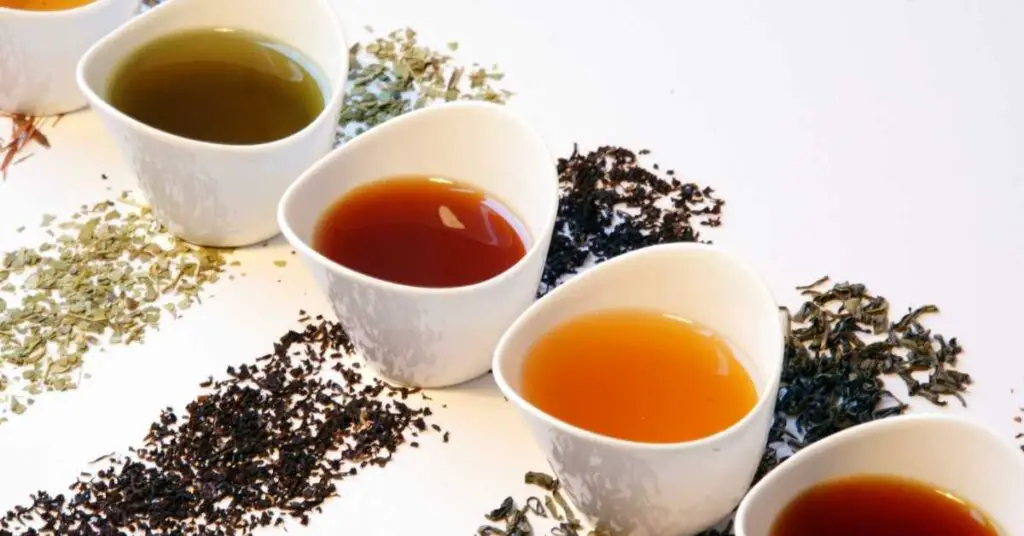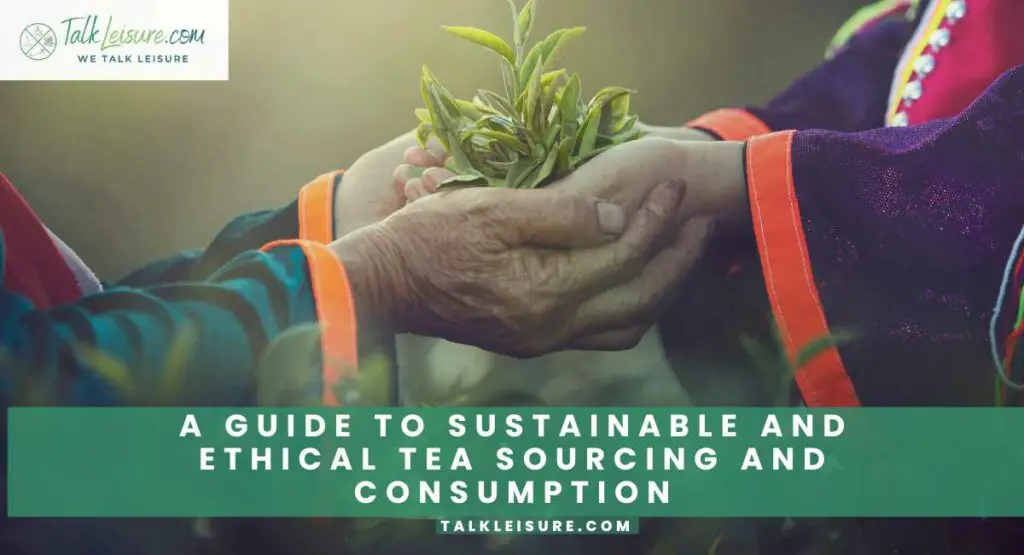Tea was first introduced to Korea in the 7th century by Buddhist monks who had travelled from China. At first, tea was used as a medicine and for religious ceremonies. But over time, Koreans began to appreciate the taste of tea and started drinking it for pleasure.
A tea set is a must-have for any Korean tea lover. There are many different types of tea sets, but the most common type is the Yixing clay teapot. Yixing clay is a type of unglazed pottery that is made from a type of red clay found in Jiangsu Province, China. There are a few things you should know before using a Korean tea set.
Pieces of Korean Tea Set
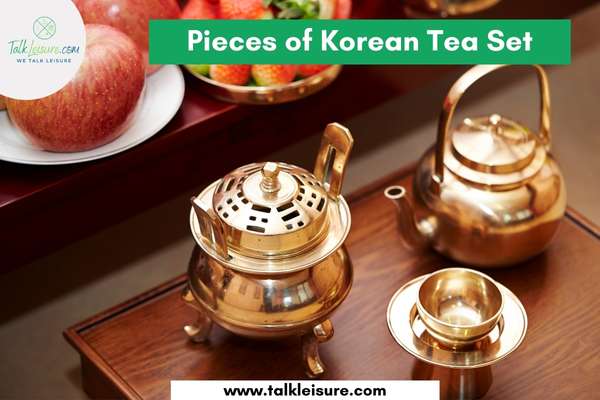
– Teapot (Da-gwan): A Korean teapot is typically made out of ceramic and has a round, bulbous shape. It is designed to be used for brewing tea with loose leaves, and the lid has a small hole in the centre to allow the tea to escape. The pot is also equipped with a long spout that helps to distribute the tea evenly.
Korean teapots are often considered to be some of the best pots available for brewing tea, and they are popular among both beginners and experienced tea drinkers alike. They are known for their ability to produce a strong and flavorful cup of tea, and they are also very durable and easy to clean.
– Tea Cooling Bowl (Sugu): A tea cooling bowl is a bowl that is specifically designed to cool down hot tea. It can be made from a variety of materials, but it typically has a large surface area so that it can hold more liquid and release heat more quickly.
The main use for a tea cooling bowl is to quickly and efficiently cool down hot tea. This is important because drinking hot tea can sometimes cause discomfort or even burns, especially if the tea is too hot. By using a tea cooling bowl, you can quickly cool down your tea to a comfortable temperature without having to wait long periods of time.
– Cups (Chat-Jan): Korean teacups are usually small and delicate, with a thin, slightly curved rim. They are designed for drinking green tea, which is the most popular type of tea in Korea. Most Korean teacups are made of white porcelain and have an unglazed interior. They hold about 180 ml of liquid and are usually accompanied by a small pitcher for pouring.
The unique feature of Korean teacups is the way they are designed to help you enjoy the full flavour of the tea. The interior is unglazed, which means that it wicked the tea up more slowly than a glazed cup would. This gives you more time to savour the delicate flavours and aromas of your tea.
– Tea Leaves Bowl (Cha-ho): A tea leaves bowl is a small, deep bowl that is used to scoop tea leaves from the teapot into the cups. It is also used to rinse the tea leaves after each infusion so that they can be reused for multiple infusions.
The tea leaves bowl is an important part of a Korean tea set because it allows the brewed tea to be poured directly into the cups without having first to pour it into a teapot. This saves time and makes serving tea more efficient.
– Tea Spoon (Chasi): A teaspoon is a small, slender spoon that is used to measure and stir the tea leaves in the teapot. It is also used to stir the tea in the cups after it has been poured.
A teaspoon is an important tool for brewing tea because it allows you to measure the correct amount of leaves for each cup. It also helps to ensure that the leaves are evenly distributed in the pot, which results in a more flavorful cup of tea.
– Waste Water Bowl (Toisungi): A wastewater bowl is a small, deep bowl that is used to collect the tea leaves and water that is drained from the teapot after each infusion.
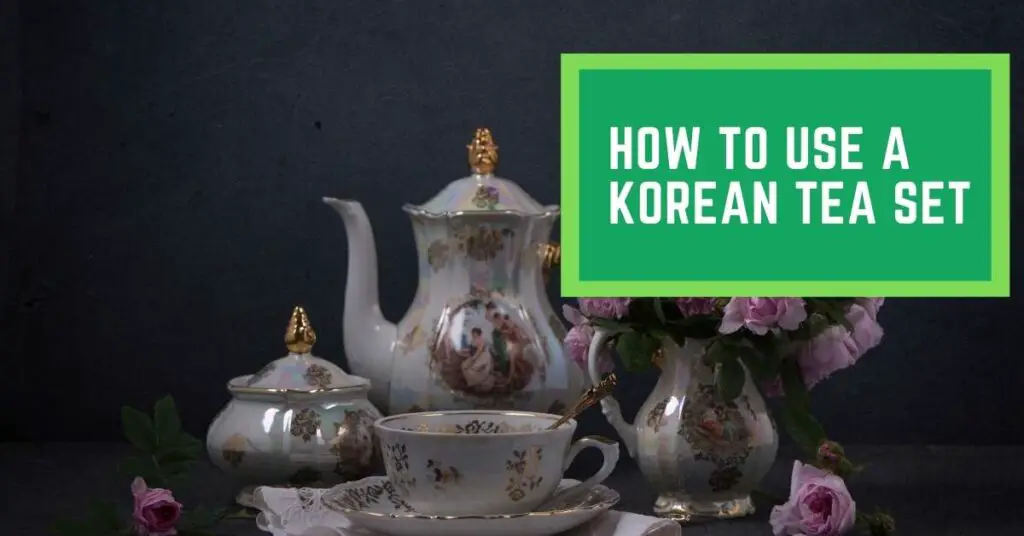
The wastewater bowl is an important part of a Korean tea set because it helps to keep your work area clean and organized. It also allows you to reuse the tea leaves for multiple infusions, which results in a more flavorful cup of tea.
How To Use?
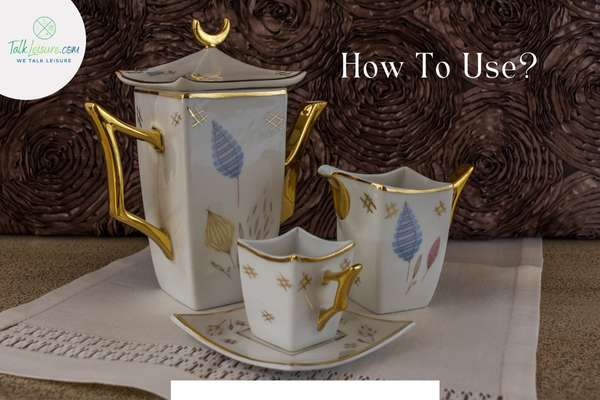
– Placement of Tea Set:
On a low tea table, place the teaware – Koreans set it on Gyo-ja-sang, which is a table for serving food. The position of the teapot varies from one province to another, but it should be placed on the right side of your low table. The low table makes it easy to place your cooling bowl and teapot, while the cups are conveniently located on the left side. The right side features a thermos or kettle for boiling water. Cover the entire table and your teaware with a piece of fabric before the ceremony begins. To help toss out the used tea leaves and unused water, place a waste bowl on the side.
– Tea Preparation:
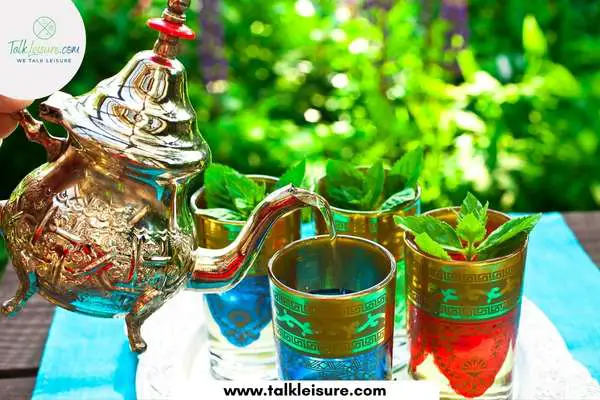
Bring fresh cold water to a rolling boil. Remove from heat to let it cool briefly. Place 2-3 Tablespoons of loose leaf tea into the teapot. The boiling water is poured over the tea leaves and allowed to steep for 3-5 minutes. Serve brewed tea into each person’s cup. After the first infusion, the host will then pour the tea from the teapot into each person’s cup. In general, green tea is consumed without milk or sugar.
– Drinking The Tea:
Hold it with your fingers in the “karate chop” grip. Bring the cup up to your mouth and take a sip. Using their index finger, they will flick it towards the person on their left – this gesture means “enjoy your drink.” The tea ceremony usually lasts about an hour.
Sip again and then slurp the tea noisily to show that you are enjoying it. Swish the tea around in your mouth before swallowing. Finally, take a breath and release a long sigh while closing your eyes – this is the sign of a true tea lover. Best way to drink loose leaf green tea!
Recommended Products:
01. Korean Celadon Tea Set (Traditional Korean Tea Set)

This Korean celadon tea set is the perfect way to enjoy a cup of tea. The clay used to make these pots contains trace amounts of iron, which gives each pot a beautiful green glaze. Plus, the pots are fired at a temperature exceeding 1,200 degrees Celsius, so they’re durable and long-lasting. Whether you’re new to tea or a seasoned pro, this set is sure to please!
02. LURRIER Porcelain Gongfu Tea Set (Modern Korean Tea Set)
Brew your favorite tea with ease using the LURRIER Porcelain Gongfu Tea Set. This unique set includes a rotatable teapot that makes it simple to pour your tea without having to take the strainer out. The frosted surface provides a better tactile experience, making it easier to grip and hold. Plus, the minimalist design is perfect for those who appreciate Chinese Tea Tao.
Korean Tea Culture
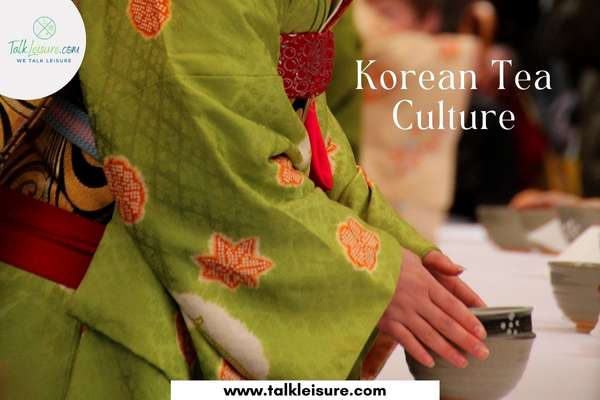
Korea has a rich and long history of tea culture that dates back to the Tang Dynasty in China. Tea was introduced to Korea by Buddhist monks who brought it back from their travels.
Tea has been a part of Korean culture for centuries and has always been held in high regard. There are many different kinds of tea, each with its own unique flavour and aroma. In Korea, tea is not just drunk for pleasure; it is also used as a medicinal herb to cure various illnesses.
Over time, the Korean people developed their own unique way of preparing and drinking tea which eventually became known as the “Korean Tea Ceremony.”
Korean Tea Ceremony
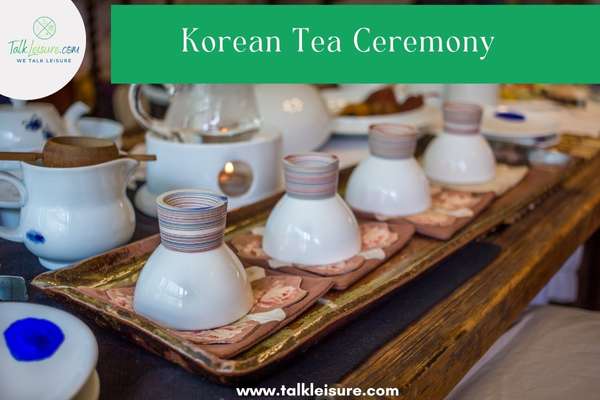
This is a traditional ritual that has been passed down for centuries. It is a very special and important ceremony in Korean culture and is often performed to celebrate special occasions or mark significant milestones in someone’s life.
The tea ceremony involves the preparation and serving of tea in a specific way and is considered an art form that requires patience, skill, and precision. The goal of the ceremony is to create a sense of peace and harmony and to connect with others through the shared experience of drinking tea.
On the other hand, in the modern world, it’s about the appreciation of tea and the accompanying meditative silence. It’s a time to connect with friends, family, or colleagues and take a break from the hustle and bustle of everyday life.
The host carefully prepares each bowl of tea, taking great care to select the perfect leaves and water temperature for each guest. The tea is poured into small cups and enjoyed while taking in the peaceful atmosphere. It’s the perfect opportunity to clear your mind and focus on the present moment.
Types of Korean Tea
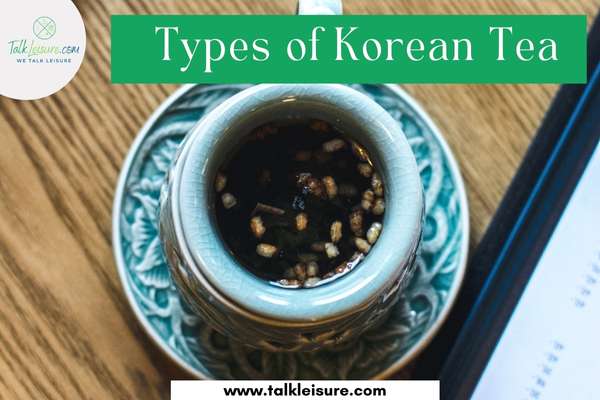
– Corn Silk Tea (Oksusu-Suyeom-Cha)
– Tartary Buckwheat Tea (Memil-Cha)
– Plum Tea (Maesil-Cha)
– Honey Plum Tea (Kkul Maesil-Cha)
– Job’s Tears Tea (Yulmu-Cha)
– Citron Tea (Yuja-Cha)
– Barley Tea (Bori-Cha)
– Chrysanthemum Tea (Gukhwa-Cha)
– Jujube Tea (Daechu-Cha)
– Corn Tea (Oksusu-Cha)
Visual Explanations
i. Korean Tea Ceremony:
ii. Tea Set Explanation:
iii. Different Korean Tea:

